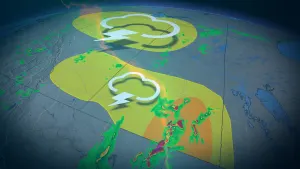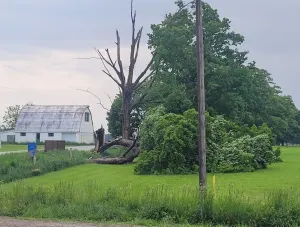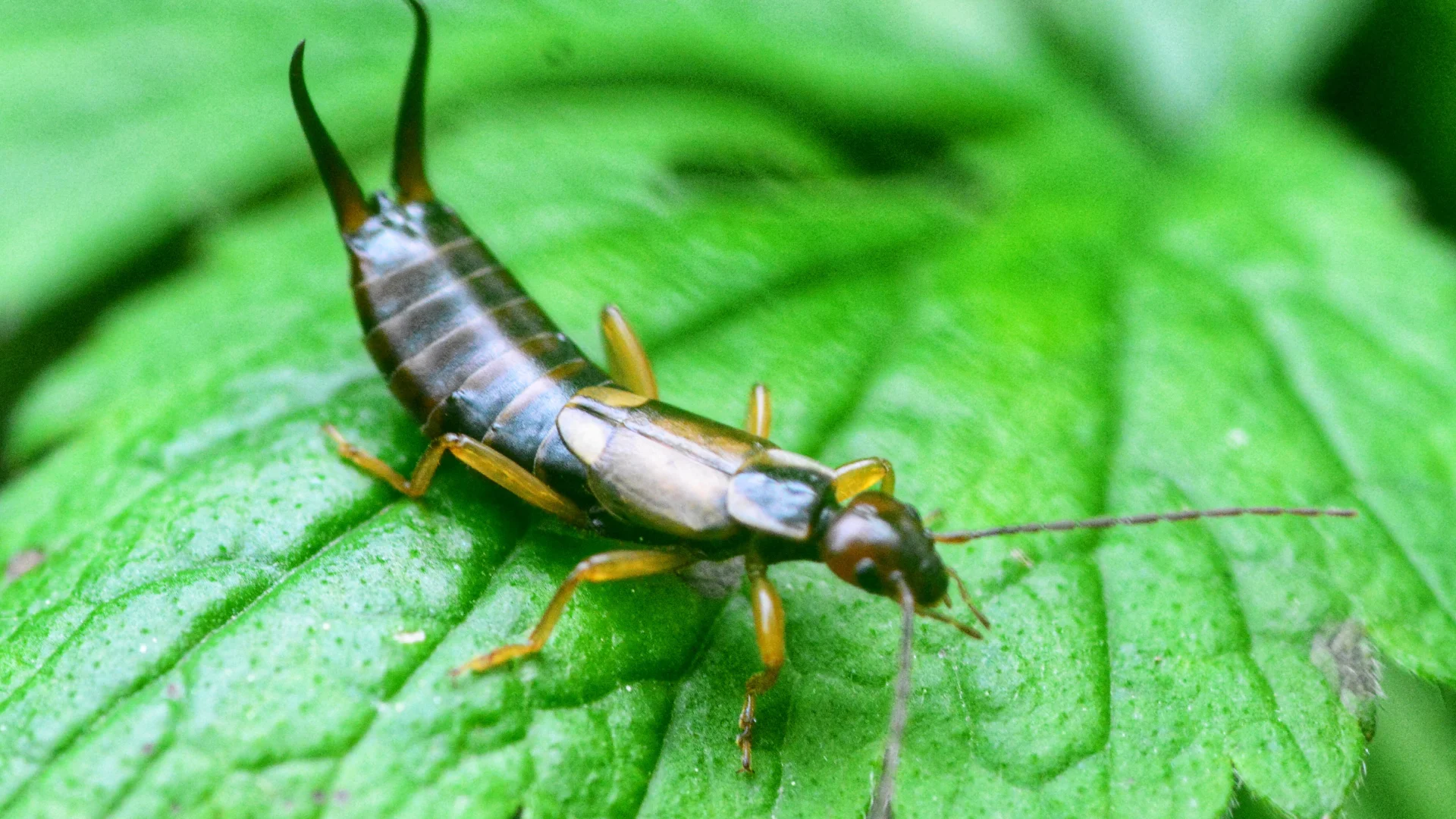
Earwigs in your home? Here's how to get them out
Too many earwigs? An expert provides helpful tips on what to do.
Earwigs can often invade your garden as the seasons change, and if you've noticed them in your home, there are ways to prevent them from getting inside.
An earwig's primary food source is decaying organic matter, so it's understandable if you think they are gross. But you don't have to fear them.
Daniel Mackie from Greenleaf Pest Control says people often think earwigs are scary bugs that lay eggs inside your ear, but that is false.
"It doesn't happen. So, don't worry," he tells me.
"There is no known disease transmission that happens through earwigs."
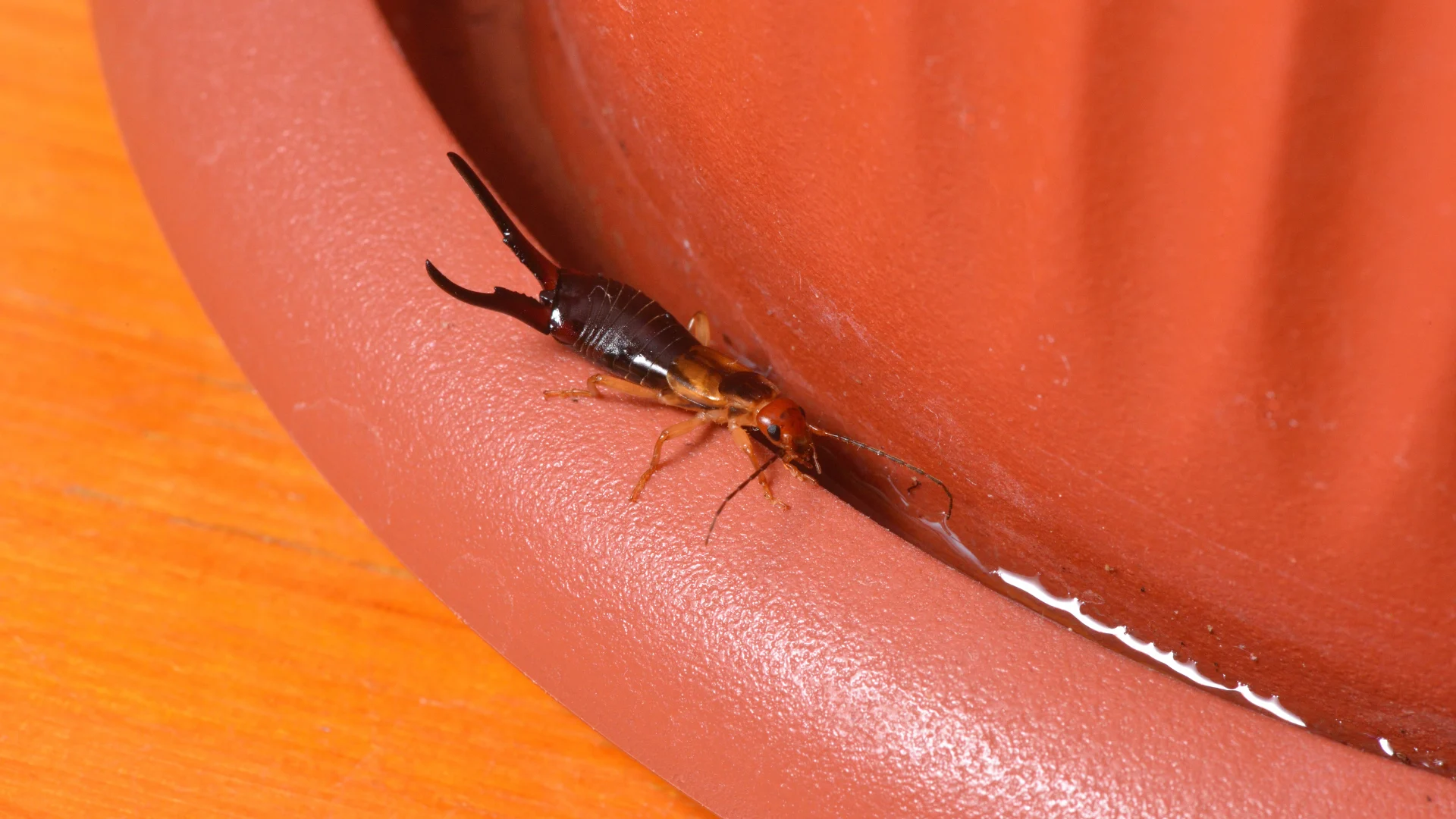
Earwigs move around when the seasons change (file photo/Canva Pro)
DON'T MISS: Fuzzy caterpillars: Are they cute? Yes. Should you touch them? Definitely not!
Hitchhikers
Earwigs thrive in moist, damp environments. But they can often hitchhike their way inside your home.
"Often, we carry them in," Mackie says.
"There's no food [or moisture, and so eventually they die inside your house."
Mulch and fresh grass clippings are environments in which earwigs can survive. Mackie suggests bagging your grass clippings and avoiding laying mulch beside your home.
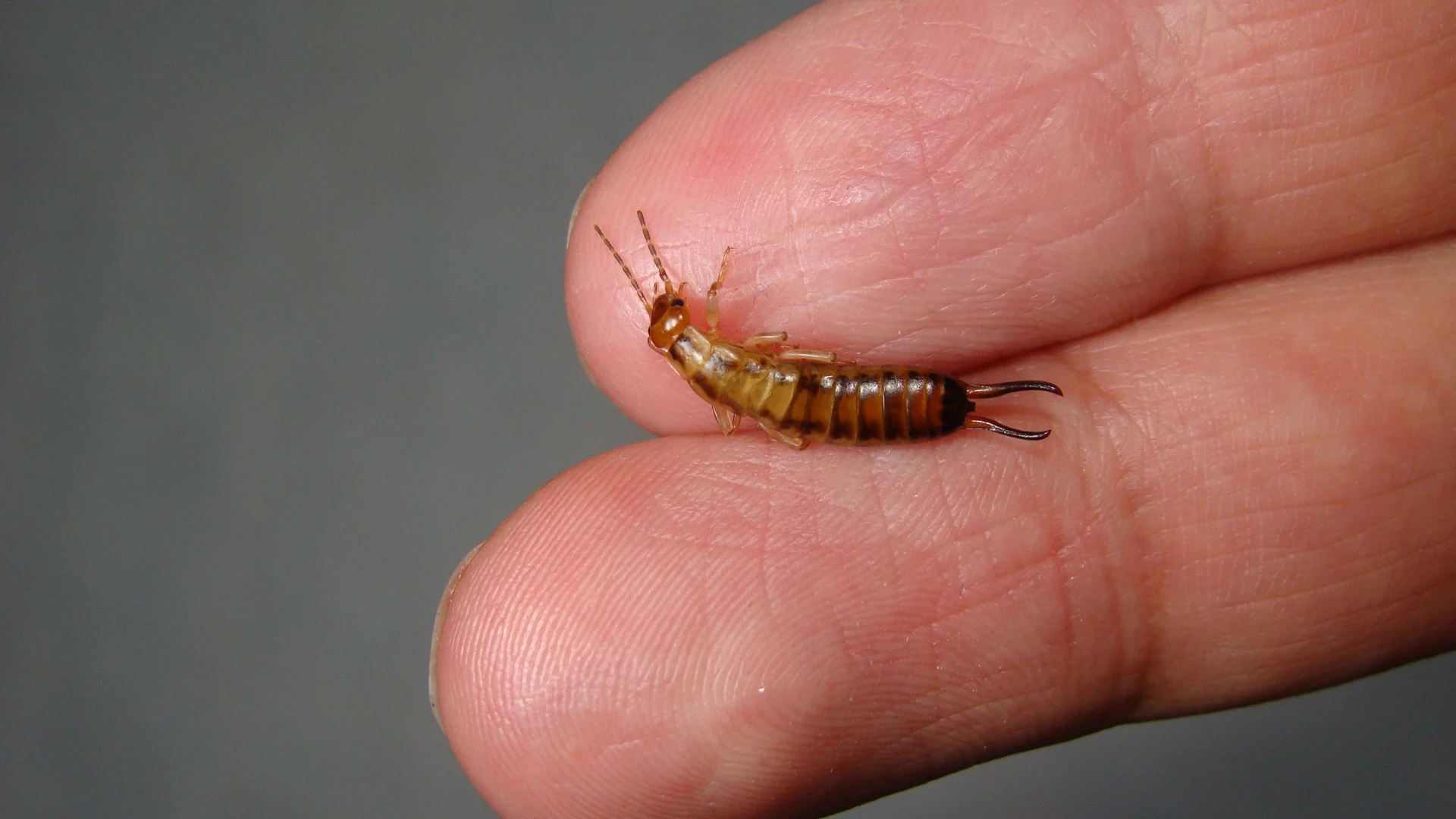
Earwigs are mostly nocturnal and often hide in small, moist crevices during the day, and are most active at night. (File photo)
SEE ALSO: Invasive alien species present in "every country", according to new report
It also helps if you can eliminate moisture, which means turning off any sprinklers right next to your home entrances and windows.
If you spot one earwig here and there, that's normal. Grab a piece of paper or tissue and direct it back outside. If there are more than you can handle, Mackie suggests vacuuming them to avoid harsh chemicals. There are sprays you can purchase at your local hardware store, and in extreme cases, hire a professional.
Most earwigs will die off during the late fall and through the winter season.
RELATED: Noticing more wasps? Here's what you need to know
Header image via Canva Pro.







